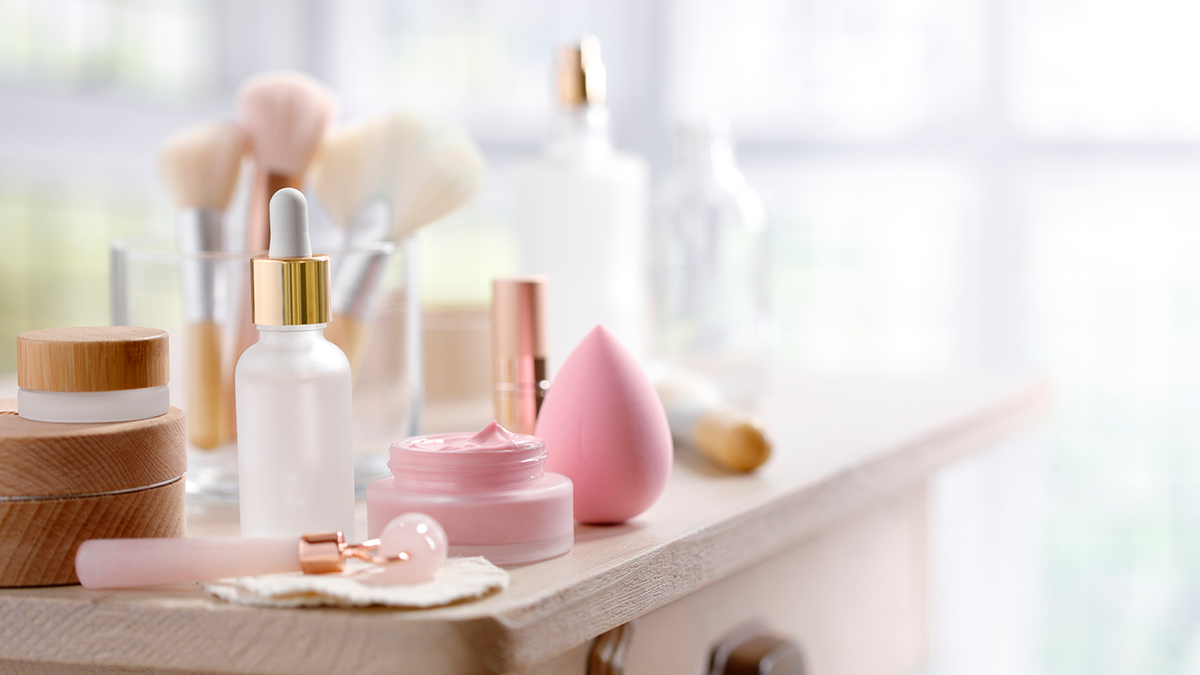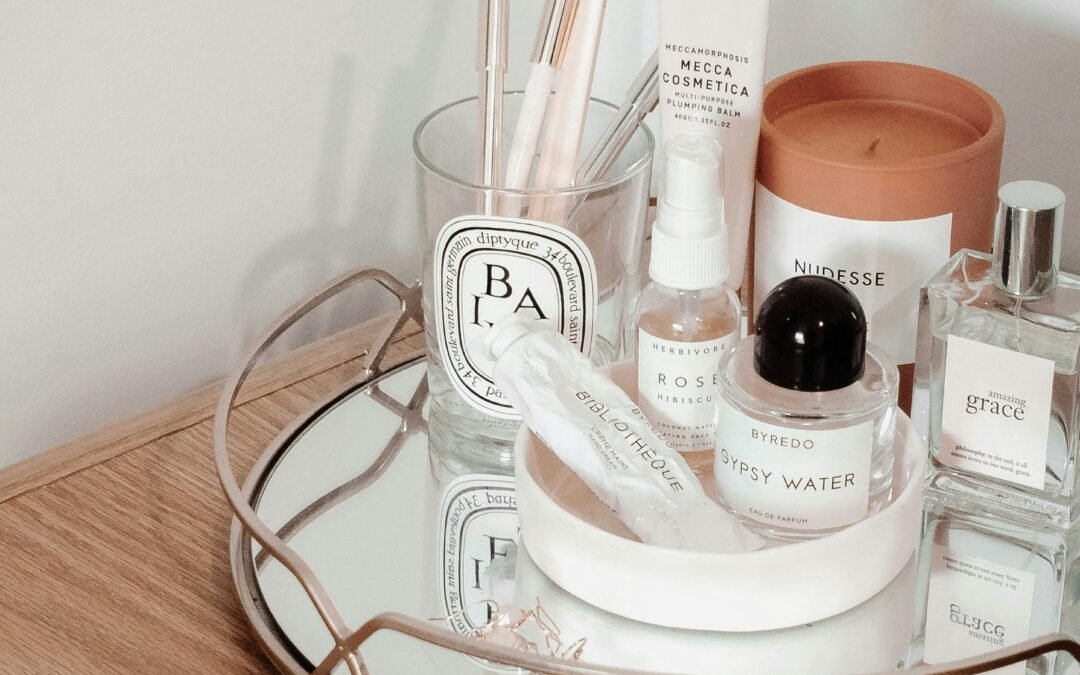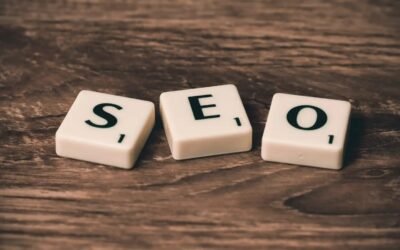In the world of beauty, where allure meets innovation, the language used to describe products plays a pivotal role in captivating consumers’ attention and igniting their desire. Crafting compelling beauty product descriptions requires more than just listing ingredients; it involves painting vivid imagery, evoking emotions, and promising transformative experiences. Let’s delve into the art of crafting these enchanting narratives that resonate with beauty enthusiasts worldwide.
Captivating Imagery
Crafting captivating imagery is an essential aspect of creating effective product descriptions for the beauty industry. A well-crafted description should not only inform but also transport the reader to a world of luxury and indulgence, evoking sensory experiences that ignite desire and anticipation.
Imagine describing a luxurious moisturizer: “Immerse yourself in a velvety embrace as this decadent moisturizer melts into your skin, leaving behind a delicate veil of hydration. With each application, indulge in a sensorial journey of rejuvenation, as the rich formula envelops your senses in pure bliss.”
Or consider capturing the essence of a radiant highlighter: “Illuminate your complexion with a celestial glow that captivates with every glance. Infused with light-reflecting pigments, this luminous highlighter transforms dull skin into a canvas of luminosity, casting a radiant aura that mesmerizes and enchants.”
And what about evoking the allure of a captivating perfume? “Embark on a sensorial adventure with this enchanting perfume, where notes of blooming florals and exotic spices intertwine to create an olfactory masterpiece. With each spritz, be transported to sun-kissed gardens and distant lands, where the intoxicating fragrance lingers like a whispered promise of allure and sophistication.”
In each instance, vivid imagery serves to elevate the product beyond its physical attributes, transforming it into an experience that resonates with consumers on a deeper level. By painting a picture that tantalizes the senses and evokes emotions, beauty brands can entice consumers to indulge in their products, turning ordinary routines into luxurious rituals of self-care and beauty.
Emotionally Resonant Language
Harnessing emotionally resonant language is a powerful strategy for crafting impactful product descriptions in the beauty industry. Beauty is more than skin deep; it’s a deeply personal journey that encompasses a spectrum of emotions, from confidence and empowerment to joy and self-expression.
Imagine describing a transformative skincare product: “Experience a newfound sense of confidence as you embark on a journey of self-discovery with our revolutionary skincare formula. Infused with potent antioxidants and nourishing botanicals, this elixir of youth restores radiance to tired skin, unveiling a luminous complexion that exudes vitality and inner strength.”
Or consider capturing the essence of a bold lipstick shade: “Ignite your passion and embrace your individuality with our daring lipstick collection. From fiery reds to sultry purples, each shade is a statement of self-expression, empowering you to unleash your inner beauty and confidence with every swipe.”
And what about evoking the serenity of a luxurious spa experience: “Indulge in a moment of tranquility and rejuvenation with our decadent spa-inspired body scrub. Enveloped in the soothing scent of lavender and infused with nourishing oils, this indulgent treatment transports you to a state of blissful relaxation, leaving your skin velvety smooth and your spirit rejuvenated.”
For each example, emotionally resonant language speaks directly to the aspirations and desires of the consumer, tapping into their deepest emotions and desires. By positioning products as more than just beauty essentials, but as catalysts for self-discovery, empowerment, and joy, brands can forge a deeper connection with their audience and become indispensable allies in their journey towards self-expression and confidence.
Benefits-Oriented Messaging
Crafting benefits-oriented messaging is pivotal for effectively conveying the value of beauty products to consumers. While initial allure may capture attention, consumers ultimately seek products that cater to their specific skincare, makeup, or haircare needs. Highlighting the tangible benefits of each product is crucial for helping consumers grasp how it can enhance their beauty routines and deliver meaningful results.
Take, for instance, a skincare product targeting anti-aging concerns: “Experience the transformative power of our anti-aging serum, formulated with potent antioxidants and collagen-boosting peptides. This advanced formula visibly reduces the appearance of fine lines and wrinkles, while firming and lifting sagging skin for a more youthful complexion. With continued use, achieve smoother, firmer skin that radiates youthful vitality and confidence.”
Or consider promoting a hydrating haircare product: “Revitalize dry, damaged locks with our nourishing hair mask, enriched with luxurious oils and hydrating botanical extracts. This intensive treatment penetrates deep into the hair shaft, replenishing moisture and restoring softness and shine. Bid farewell to frizz and breakage, and welcome luscious, healthy-looking locks that dazzle with every swish.”
And what about a long-lasting makeup product? “Unlock the secret to flawless, all-day wear with our long-lasting foundation. Infused with innovative micro-pigment technology, this lightweight formula provides buildable coverage that lasts from day to night, without caking or fading. Greet a complexion that remains fresh and radiant from morning to midnight, with no touch-ups required.”
By emphasizing the benefits, brands empower consumers to grasp the unique value proposition of each product and its relevance to their beauty routines. Clear and concise showcasing of how products address common beauty concerns or offer unique results enables informed choices that align with individual needs and preferences. Ultimately, benefits-oriented messaging serves as a guiding beacon for consumers navigating the extensive array of beauty products, assisting them in discovering solutions that enhance their beauty and confidence.

Transparency and Authenticity
In an era where transparency reigns supreme, consumers are increasingly discerning about the products they choose to incorporate into their beauty routines. They expect honesty and authenticity from the brands they support, seeking assurance that the products they purchase align with their values and meet their expectations. Beauty product descriptions serve as a vital tool in meeting this demand for transparency.
Effective beauty product descriptions go beyond mere marketing spiel; they provide consumers with accurate and transparent information about the products they’re considering. This includes details about the ingredients used, the formulation process, and any relevant certifications or endorsements. By offering full disclosure about the composition and manufacturing of their products, brands empower consumers to make informed choices based on their individual preferences and needs.
Moreover, transparency in beauty product descriptions extends to acknowledging both the benefits and limitations of the products. By being upfront about potential drawbacks or areas where the product may not meet every consumer’s expectations, brands demonstrate integrity and respect for their customers’ intelligence. This honesty fosters trust and loyalty, as consumers appreciate brands that prioritize transparency over hyperbole.
In a competitive beauty landscape flooded with endless options, brands that prioritize transparency in their product descriptions stand out as beacons of reliability and credibility. They not only provide valuable information to consumers but also demonstrate a commitment to ethical practices and consumer empowerment. Ultimately, by building trust with their audience through transparent communication, brands can cultivate long-lasting relationships and establish themselves as leaders in the ever-evolving beauty industry.
Storytelling and Brand Identity:
Every beauty brand possesses a distinctive narrative, woven from its values, heritage, and vision. These stories serve as the foundation upon which brands connect with consumers on a deeper level, transcending mere transactions to create meaningful experiences. Product descriptions play a pivotal role in bringing these narratives to life, offering a canvas upon which brands can paint their unique identity and ethos.
Through storytelling, brands can infuse each product with personality, imbuing it with the essence of the brand’s story and values. Whether it’s celebrating the use of natural ingredients sourced from exotic locations, embracing inclusivity and diversity in product formulations and marketing, or championing sustainability and eco-consciousness throughout the production process, storytelling allows brands to communicate their core beliefs and mission to consumers.
By weaving these narratives into product descriptions, brands not only differentiate themselves in a crowded market but also forge emotional connections with consumers who share similar values. For instance, a brand that prioritizes cruelty-free practices may highlight its commitment to animal welfare in product descriptions, resonating with consumers who prioritize ethical consumption.
Similarly, a brand with a focus on diversity and inclusivity may showcase a diverse range of models in product imagery and emphasize inclusive language in descriptions, appealing to consumers seeking representation and authenticity in beauty products.
Ultimately, storytelling serves as a powerful tool for enhancing brand identity and fostering brand-consumer relationships built on trust, authenticity, and shared values. By leveraging product descriptions as a platform for storytelling, beauty brands can create immersive experiences that resonate with consumers on a deeper level, driving loyalty and advocacy in an ever-evolving beauty landscape.
Conclusion:
Crafting compelling beauty product descriptions is an art that requires creativity, empathy, and a deep understanding of consumer behavior. By harnessing the power of captivating imagery, emotionally resonant language, benefits-oriented messaging, transparency, and storytelling, beauty brands can create narratives that captivate, inspire, and ultimately drive purchasing decisions. In a crowded market where every product competes for attention, mastering the art of product description is essential for standing out and building a loyal following of beauty enthusiasts eager to experience the transformative power of your offerings.




